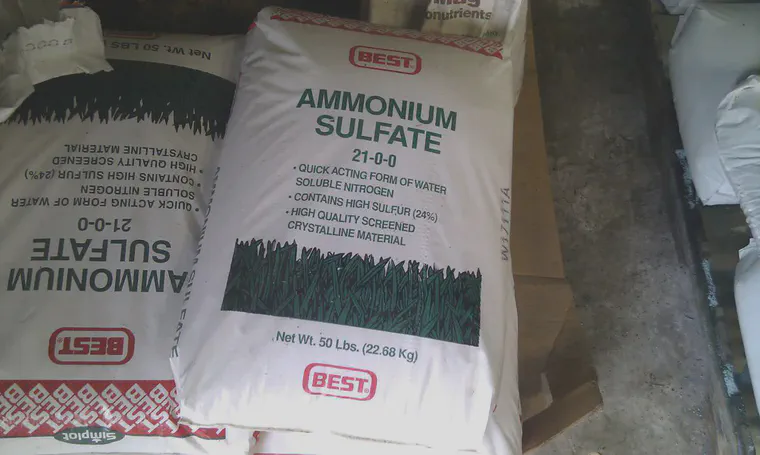"Already proving to be more valuable than I originally expected"
When I read Jason Haines’ interesting post about clipping yield, soil mineralization, and disease rates and came to the part where he said measuring all the greens was more valuable than he expected, I was glad to read that.
I wanted to say “I told you so,” because this is a number that I think is really useful. And I hadn’t thought of the disease connection and being able to notice that, but I do know that golf course superintendents will find ways that I haven’t thought of to make use of growth data. Because managing the growth rate of the grass is what it all boils down to. I’ve written about this in the Short Grammar of Greenkeeping. And it makes sense to me, when the clippings are collected anyway, why not take note of how many there are?

Chris Tritabaugh has a thread about this, asking what about the fertilizer that wasn’t applied? And he finds, if I understand correctly, that monitoring the clippings gives some confidence that more N is or is not required at a given time.
Which is where I decide to jump in here with two quick comments. First, yesterday I had the great pleasure of writing about fertility. Now I want to mention programs. Specifically, fertility programs. I don’t think program is the right word to use when considering the nutrient supply to turf.
Program means a plan of activities, or a sequence of operations that can be set to happen automatically. But with turfgrass, one can assess, as Chris wrote, “the nutrients we haven’t applied” by measuring how much the grass is growing. That is, the grass is likely producing some growth in response to fertilizer applied in the past (see this for more) and one expects there is some growth related to mineralized N too.
Let’s say one wants to have a flexible fertilizer system. FFS. Has a nice ring to it. Measuring the growth allows one to adjust the nutrient supply based on the grass response. Whatever one wants to call it, I think turf response will almost certainly be better, and fewer inputs will be required, if the N rate changes at almost every nutrient application. This is what the temperature-based growth potential method is based on, to set an upper limit of N supply at any time, given the weather, and then that predicted amount to supply is adjusted based on the actual grass response.
Now my second point, which is more about the utility of clipping volume. Or about mineralized N. One can expect a soil with a 10 cm rootzone depth and 1% organic matter to release about 2 g N/m2 in a year. And a soil with 2% OM may release about 4 g N/m2. For creeping bentgrass maintained at relatively low N, I expect that will produce from 50 to 100 g dried clippings per m2. And based on the relationship between clipping volume and dry weight for bentgrass, I expect that will work out to a fresh clipping harvest of 800 to 1,600 mL/m2.
That is, one can predict how much extra the grass may grow after one knows the organic matter in the soil. I expect this makes sense to anyone who has put a number to the clippings mown off the putting greens, and is gibberish to everyone else. But the approach of working with quantities of nutrients in the soil, quantities of nutrients harvested, and quantities of nutrients supplied as fertilizer, allows one to get really precise, and really efficient, and supplying just what the grass requires.
And the implications are that one gets better grass conditions, one does so with less work, one has more control of the grass conditions, and there is potentially less coring, less topdressing, less disruption of surfaces, less Poa annua invasion, etc.